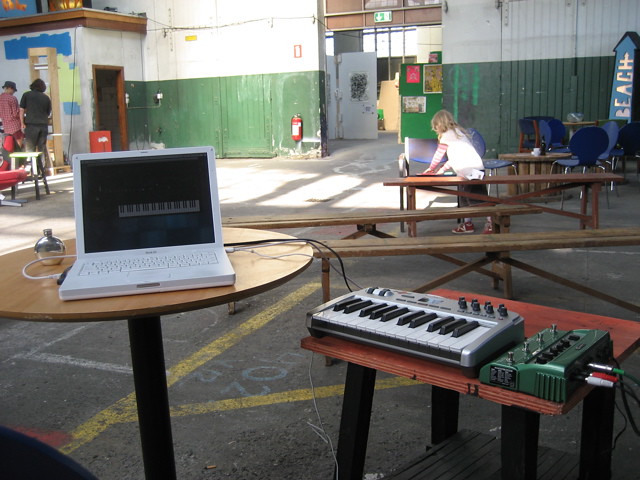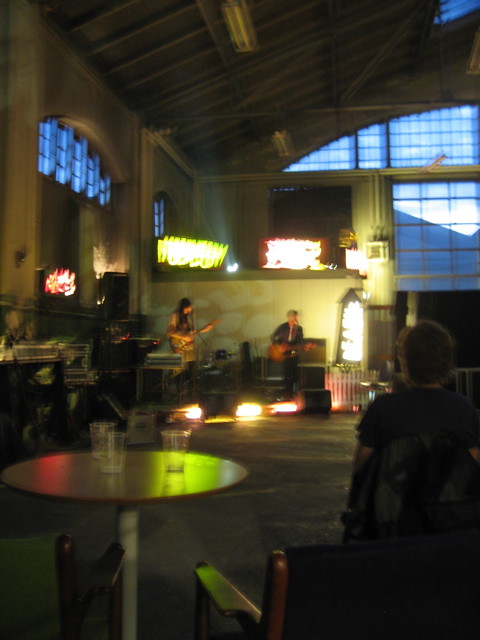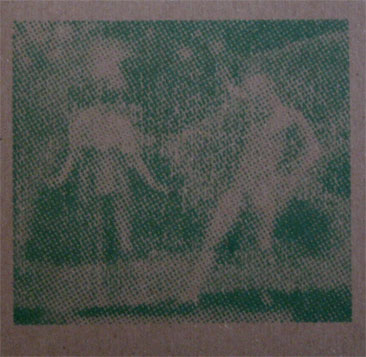Lie Low
The title "Lie Low" comes from a fragment of a folk song recorded in 1930 in Manchester Center, Vermont, by Helen Hartness Flanders. Flanders included this song in her book The New Green Mountain Songster. I found the book years ago in Brattleboro's Brooks Memorial Library. I was drawn to the fragment "Lie Low" because it is the sole entry in the volume in the Mixolydian mode. In my own performances of "Lie Low," I take the original melody, stretch it out over an extended period of time without rhythm, and place the melody over a drone. "Lie Low" is performed using the Oddity/MIDI controller. The melody's intervals, as they relate to the drone, are taken from the purely tuned intervals that I stored as patches. I then manipulate ring modulation the filter's frequency and resonance to emphasize various harmonics and difference tones in the intervals.
 |
| Soundcheck with children playing |
"Lie Low" received the heaviest editing of all the tracks on Panic and Anti-Panic. The old train yard at Engehavej at which the Festival of Endless Gratitude took place was a cavernously resonant space. Since I don't tend to like to work with high volume, I didn't play my set particularly loud. Nearly 30 minutes of music were filled with clanking bottles, dragging chairs, children laughing, and one rather loud cell phone conversation; removing these distractions reduced the track down to a little over nine minutes, so the version on Panic and Anti-Panic does not represent a complete performance.
 |
| View of the stage; Zhaeng Zhaeng performing. |
Labels: panic and anti-panic







